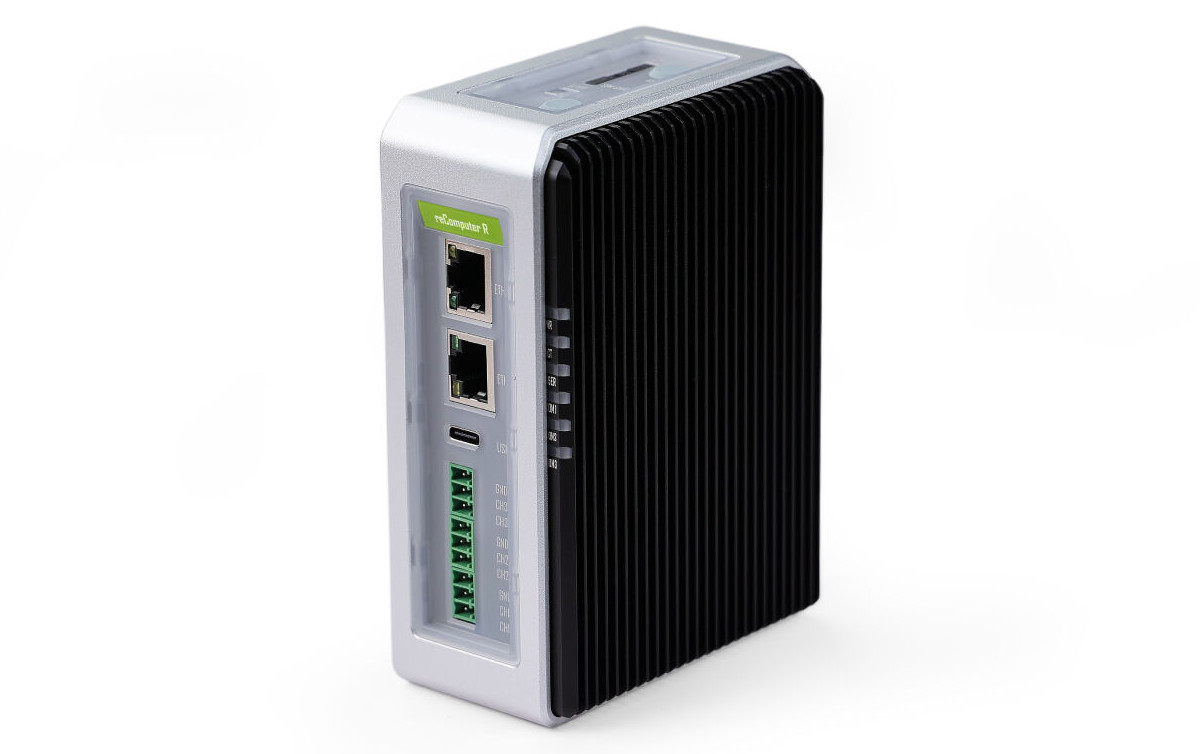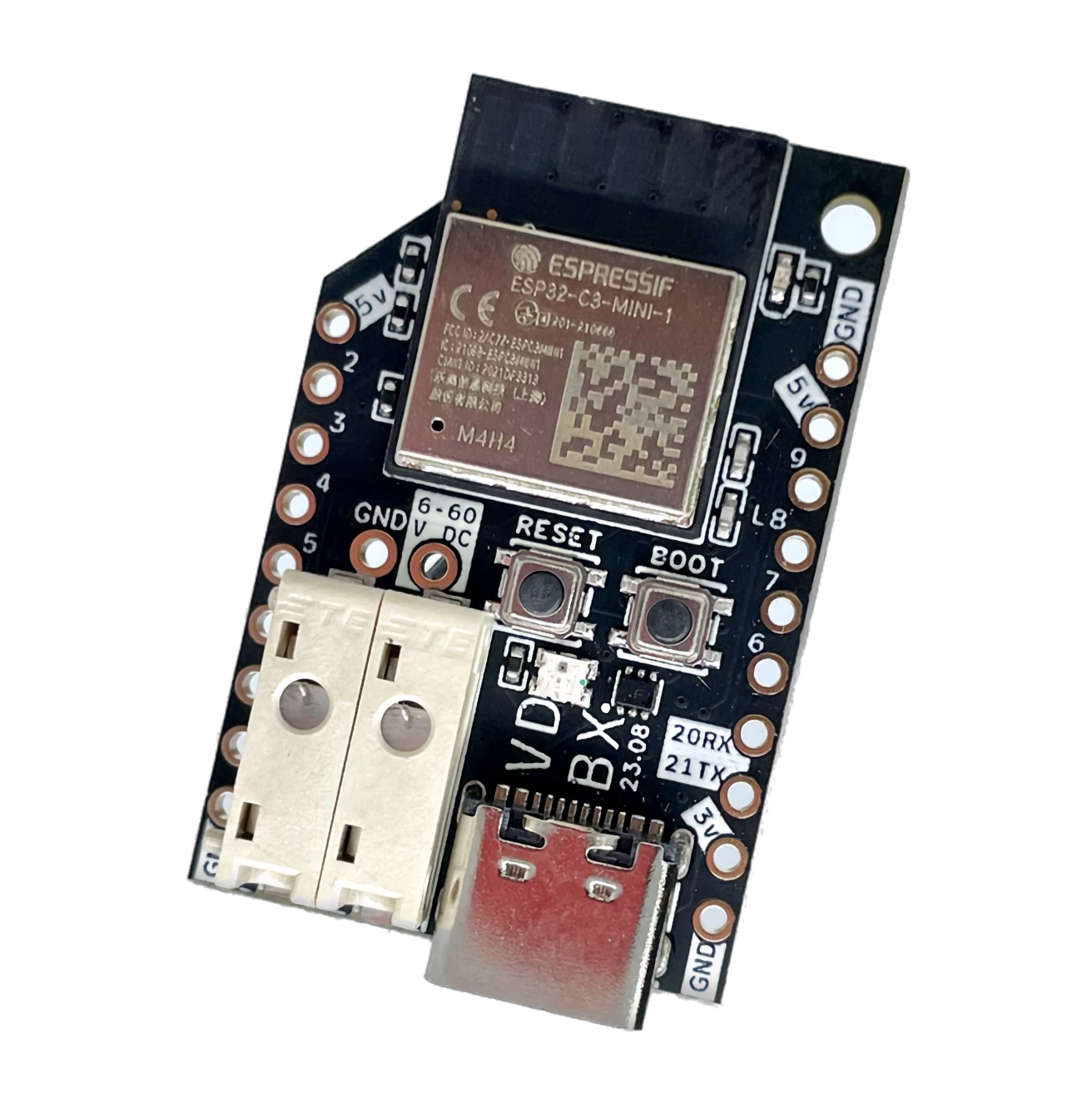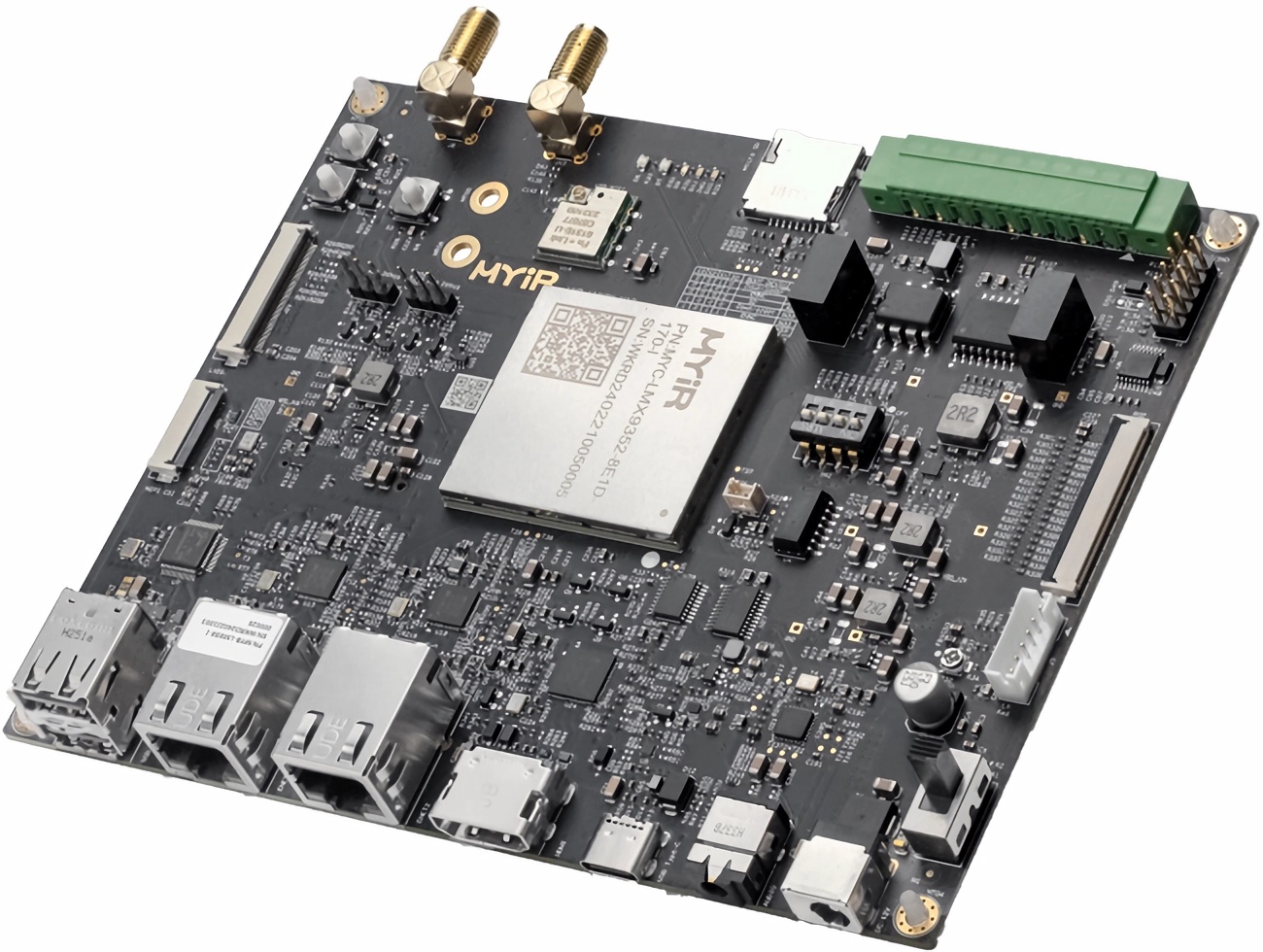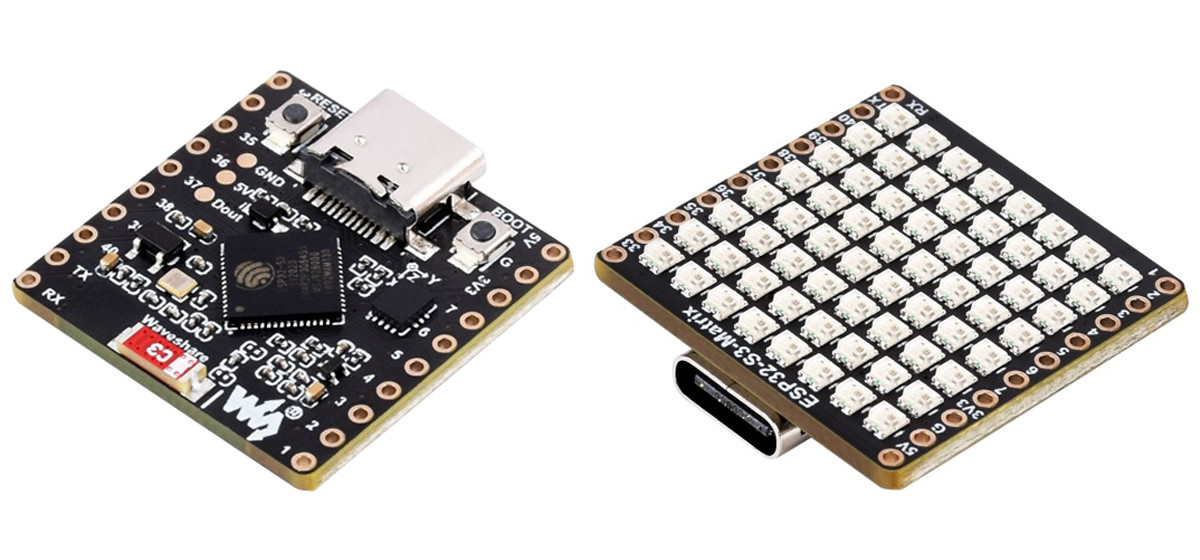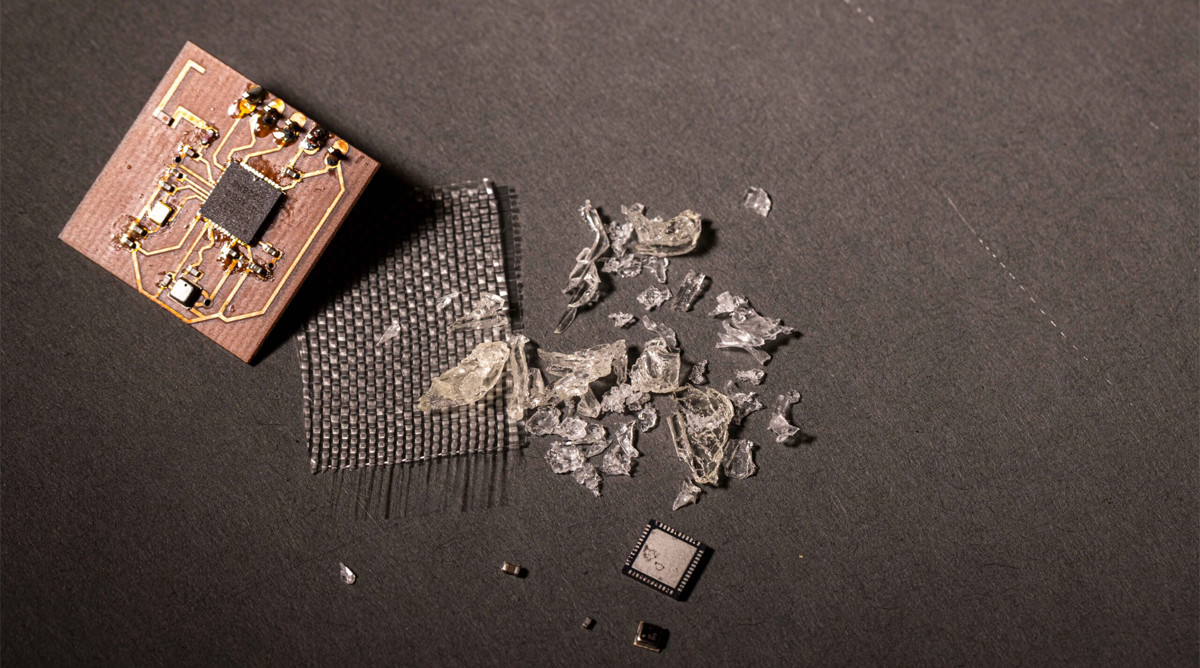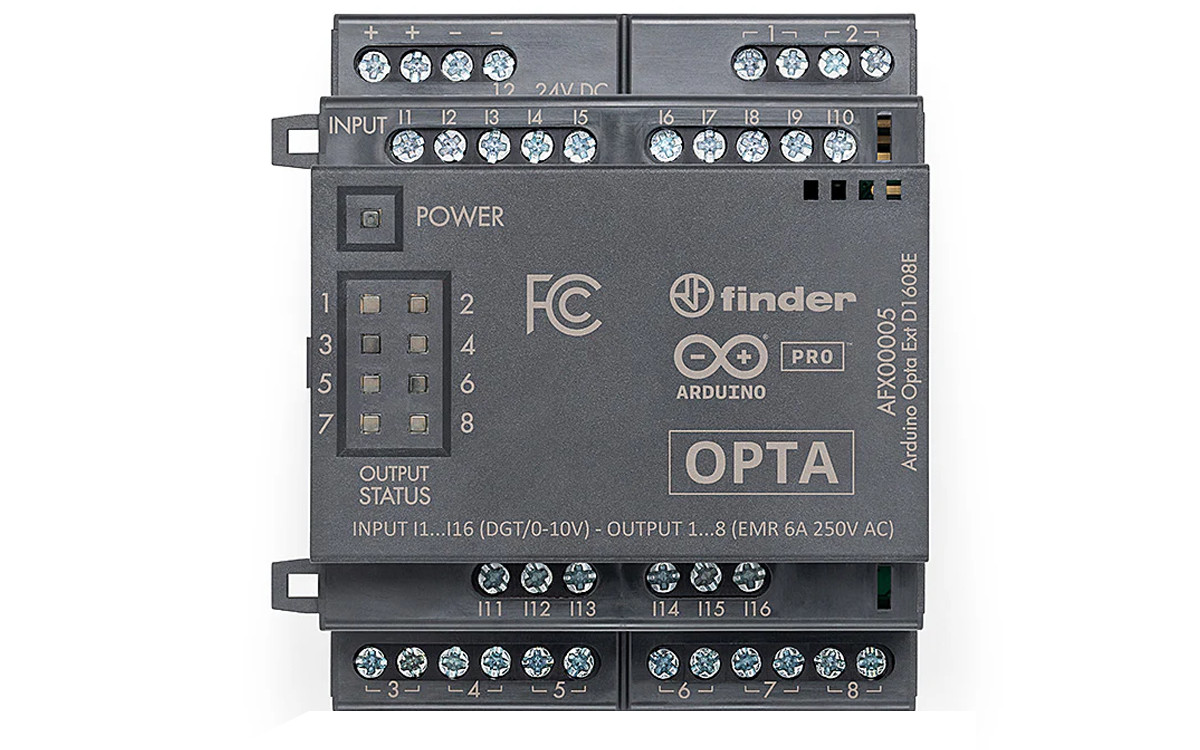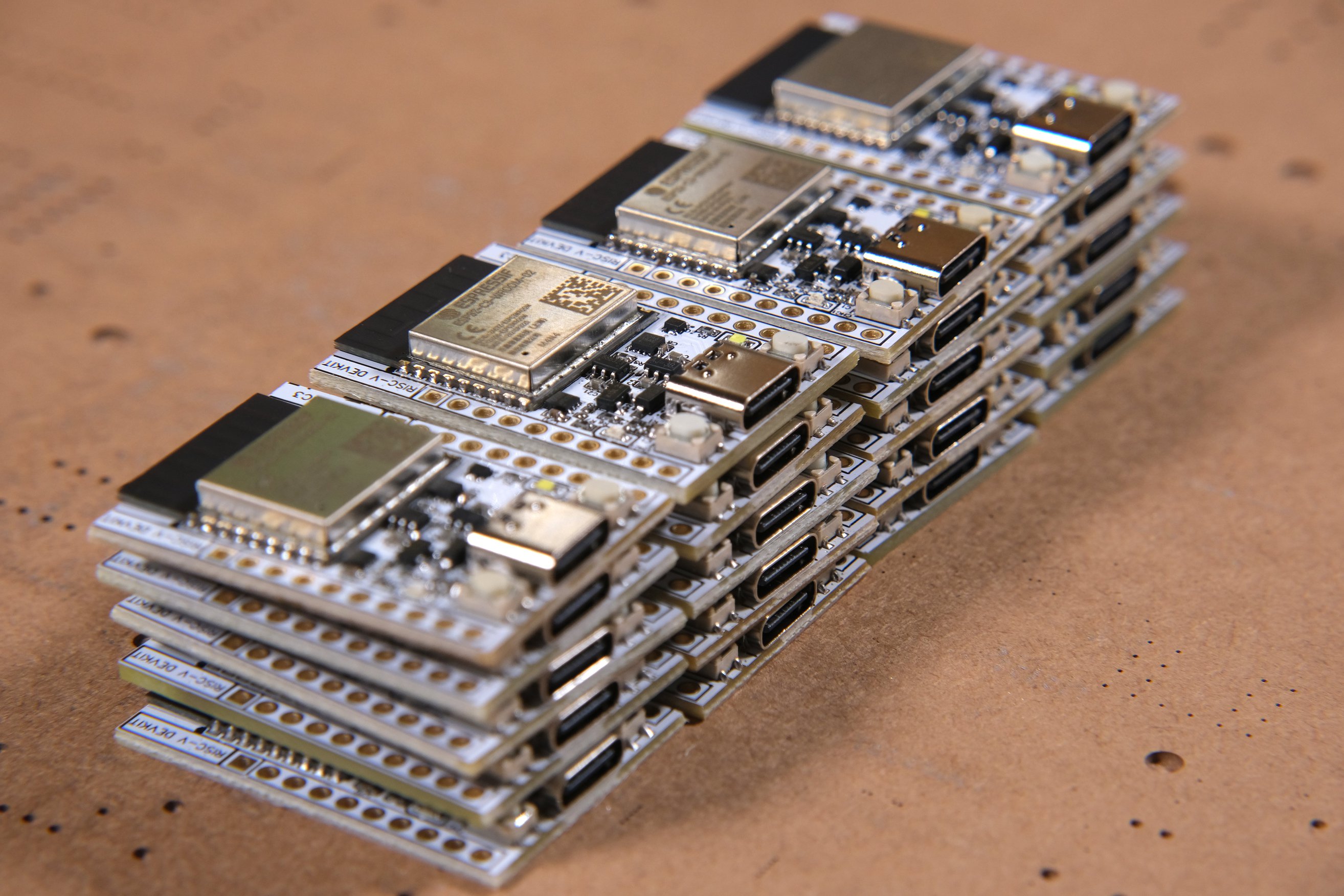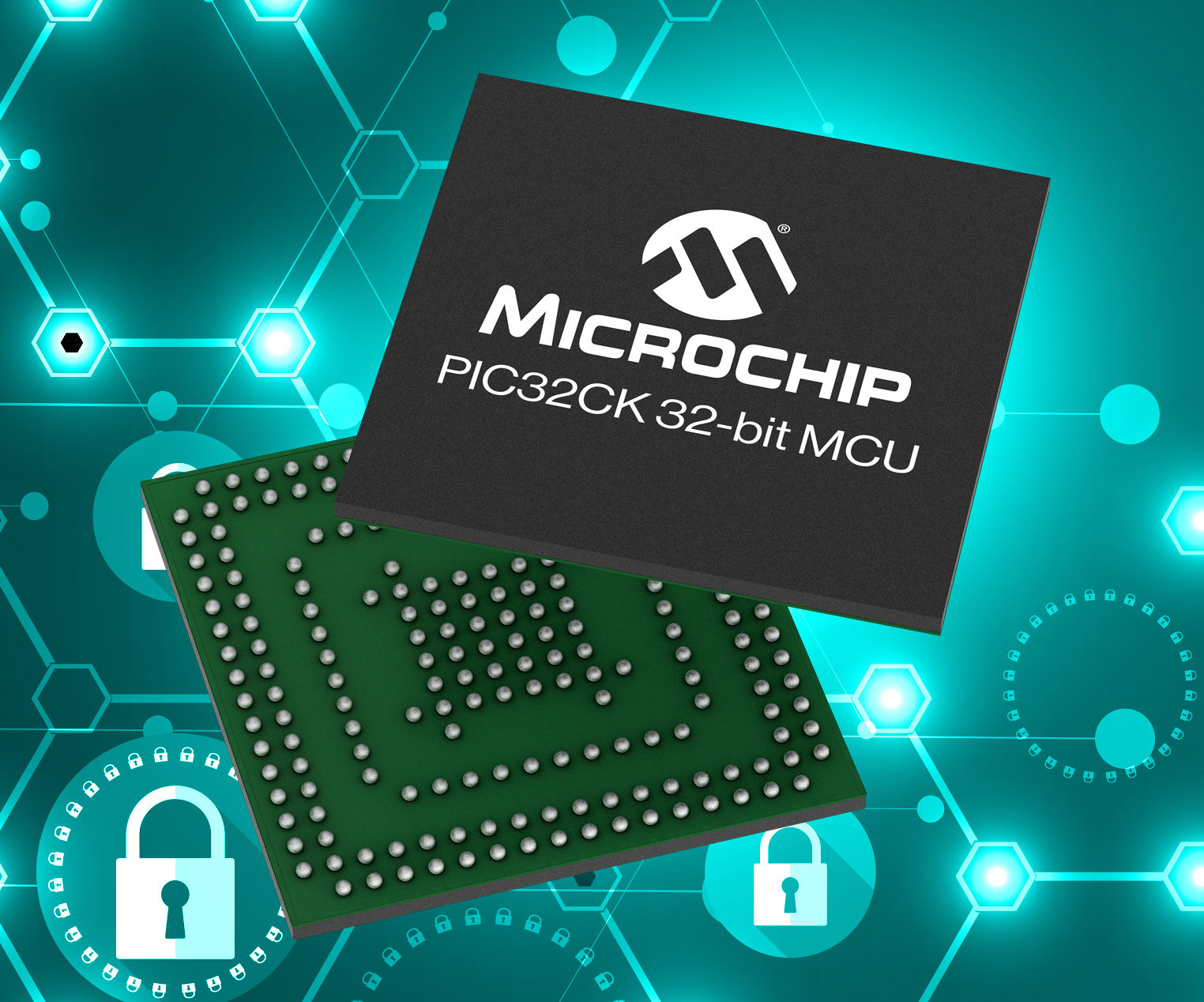The reComputer R1025-10 is a Raspberry Pi CM4-based DIN Rail industrial gateway and edge IoT controller designed by Seeed Studio. The company mentions that the R1025-10 is the first module in the reComputer R1000 series and it’s equipped with 4GB RAM and 32GB of eMMC version of the CM4 module. That simply means the company will launch Edge IoT controllers in the series which will host different variants of the CM4 module. The R1025-10 gateway is features rich and includes two Ethernet interfaces, three isolated RS485 interfaces, and a variety of optional wireless modules including 4G, LoRa, Zigbee, or Wi-Fi/BLE. Other features include an HDMI port, two USB Type-A ports, and a USB Type-C 2.0 port. Previously we have covered many Din Rail IoT gateways like the IOT-DIN-IMX8PLUS, Cytron IRIV PiControl, the Robustel EG5101 and EG5200 and many others feel free to check those out if you are looking for […]
FLIP_C3 ESP32-C3 board takes up to 60V DC input, ships with ESPHome firmware
Voidbox FLIP_C3 is an open-source hardware board powered by an ESP32-C3 WiFi & BLE microcontroller that takes up to 60V DC power input feeding a 5V/2A DC-DC step-down converter and flashed with ESPHome firmware by default for Home Assistant support. The board incorporates a push-in spring release connector which means stranded (ferrules or tinning are suggested) and solid wires can be used in deploying the device in off-grid/battery-powered systems with up to 16s LiFePO4 delivering 48V through the 6-60V input port on the ESP32-C3 board. The onboard WS2812B LED can be used as a null pixel/level shifter for longer strings of addressable pixels. The ESP32-C3 – due to its support for Wi-Fi and BLE connectivity – is a popular SoC for IoT solutions and powers home and industrial automation devices such as NanoCell v2.1, Spark Analyzer, LOLIN C3 Pico, and the LILYGO T-RSC3. It is built for home automation applications […]
New NXP i.MX 93-based system-on-modules launched by MYiR, Variscite, and Compulab
We have covered announcements about early NXP i.MX 93-based system-on-modules such as the ADLINK OSM-IMX93 and Ka-Ro Electronics’ QS93, as well as products integrating the higher-end NXP i.MX 95 processor such as the Toradex Titan Evaluation kit. Three additional NXP i.MX 93 SoMs from Variscite, Dart, and Compulab are now available. Targeted at industrial, IoT, and automotive applications, the NXP i.MX 93 features a 64-bit dual-core Arm Cortex-A55 application processor running at up to 1.7GHz and a Cortex-M33 co-processor running at up to 250MHz. It integrates an Arm Ethos-U65 microNPU, providing up to 0.5TOPS of computing power, and supports EdgeLock secure enclave, NXP’s hardware-based security subsystem. The heterogeneous multicore processing architecture allows the device to run Linux on the main core and a real-time operating system on the Cortex-M33 core. The processor is designed for cost-effective and energy-efficient machine learning applications. It supports LVDS, MIPI-DS, and parallel RGB display protocols […]
ESP32-S3-Matrix board features 64 LEDs, GPIO pins, 9-axis “attitude” sensor for robotics and motion control applications
The Waveshare ESP32-S3-Matrix is a microcontroller development board designed for AIoT applications, featuring a larger 8×8 RGB LED matrix (64 LEDs) compared to the 5×5 RGB LED matrix (25 LEDs) on the ESP32-C3/ESP32 based “C3FH4 RGB” / “PICO D4 RGB” board. In addition to that the Waveshare board features two 10-headers for GPIOs, UART, and power signals, along with an integrated QMI8658C attitude sensor (9-axis IMU sensor), making it ideal for robotics and motion control projects. Recently we have seen Waveshare introduce affordable products that are perfect for embedded development like the $15 1.69-inch IPS touch LCD module, the $6.99 ESP32-C6-Pico Board, the $4.99 ESP32-S3-Tiny board and much more feel free to check those out if you are interested in those. Waveshare ESP32-S3-Matrix dev board specifications: MCU – Espressif Systems ESP32-S3FH4R2 CPU – Dual-core Tensilica LX7 @ up to 240 MHz with vector instructions for AI acceleration Memory – 512KB RAM, […]
Recyclable PCB created by the University of Washington is made from Vitrimers
Ludwik Leibler a Polish-born French physicist and his team from the Laboratoire Matière Molle et Chimie at ESPCI ParisTech created a new class of plastics known as “vitrimers” and material researchers at the University of Washington (UW) have leveraged the new plastics to develop a recyclable PCB (printed circuit board) known as “Vitrimers PCB” (vPCB) that can be recycled many times over. The team tested their vPCB for strength and electrical properties and found that they are very similar to standard FR-4 PCB material. This means Vitrimers PCBs could offer a solution to reduce landfill waste and make it easier to recycle leftover copper, maximizing resource recovery. Key Features of Vitrimers-based Recyclable PCBs: Base material – Employs vitrimer epoxy, a type of polymer that can be repeatedly cured and uncured without damage. Environmentally sustainable – Designed to reduce e-waste and offer a more circular lifecycle for electronics. Performance – Electrical […]
Arduino Pro Opta D1608E/D1608S expansions feature electromechanical or solid-state relays, 16 I/Os
Arduino has recently announced two new expansions to their Arduino Pro Opta PLC series – the Arduino Pro Opta Ext D1608E and Arduino Pro Opta Ext D1608S, the main difference between the two is that the D1608E features 8 electromechanical relays (EMRs) whereas the D1608S features solid-state relays (SSRs). Other than that both expansion modules have 16x programmable I/Os (0-24 V digital / 0-24 V analog) which doubles the number of I/Os we have seen on the Opta micro PLC. Both are compatible with the Arduino IDE and the PLC IDE and are easy to install on a DIN rail. These features make it suitable for control, monitoring, and predictive maintenance applications. Previously we have seen Arduino launch a PLC Starter Kit for those who want to get started with PLCs. Additionally, we have written about ESP32-powered PLCs, Raspberry Pi-powered PLCs, and more. Feel free to check those out if you […]
NanoCell V2.1 battery-powered ESP32-C3 IoT board runs ESPHome for Home Assistant integration
The NanoCell V2.1 is a development board built around the Espressif ESP32-C3 SoC (system-on-a-chip) preloaded with ESPHome firmware for low-power applications and improved Lithium battery management. The development board is a white printed circuit board with gold-plated contacts and a battery fuel-gauge IC, designed by Frapais’ lab in Greece. As the name suggests, the NanoCell V2.1 is the latest in a series of iterations of ESP32-C3-based devices targeted at low-power applications. Compared to earlier versions, it offers a better user experience and improved power efficiency. It features a buck-boost converter that reduces standby current consumption to 66uA (excluding the current consumed by the ESP32 module). The battery management system (BMS) integrated circuit supports accurate capacity measurement and protects connected Lithium batteries from overcharging and other harmful scenarios. Also, two LEDs on the board serve as power and charging indicators to relay the board’s status. It is based on the same […]
Microchip PIC32CK 32-bit Arm Cortex-M33 MCU combines Hardware Security Module with Arm TrustZone for IoT cybersecurity compliance
Microchip PIC32CK is a new family of 32-bit Arm Cortex-M33 microcontrollers clocked up to 120 MHz with Arm Trustzone and an optional integrated Hardware Security Module (HSM) that can help companies meet the cybersecurity requirements for consumer IoT devices and critical infrastructure mandated in the US, Europe, and other countries. Two sub-families are available with the PIC32CK GC and PICK32CK SG with the latter integrating the HSM, and the company claims it is the first 32-bit device on the market that combines an HSM with TrustZone technology for optional security. The PIC32CK is also said to support ISO 26262 functional safety and ISO/SAE 21434 cybersecurity standards. Microchip PIC32CK specifications: MCU core – Arm Cortex-M33 clocked at up to 120 MHz with 4KB combined instruction and data cache, TrustZone security Memory and Storage 128KB, 256KB, or 512KB SRAM 512KB, 1MB, or 2MB flash 128KB boot flash memory 64KB of configuration flash […]


